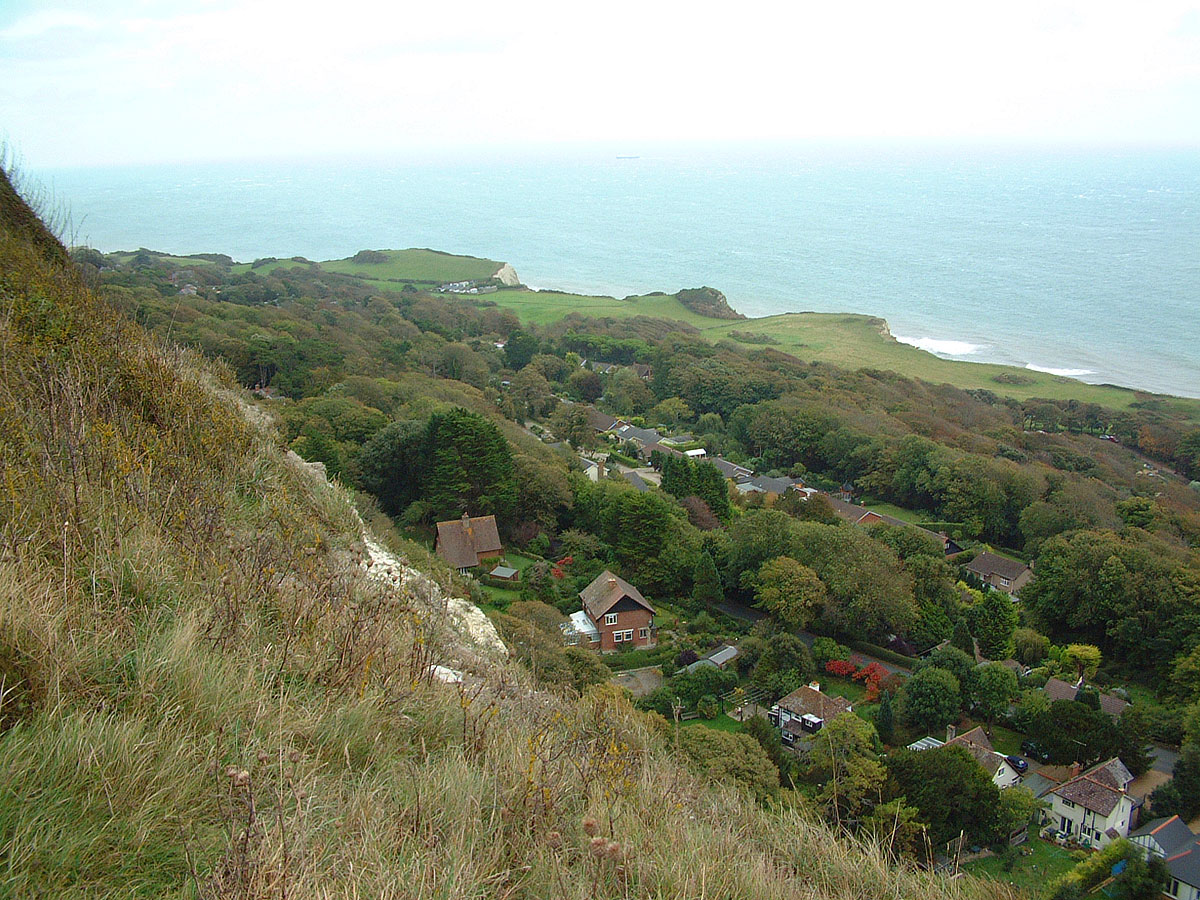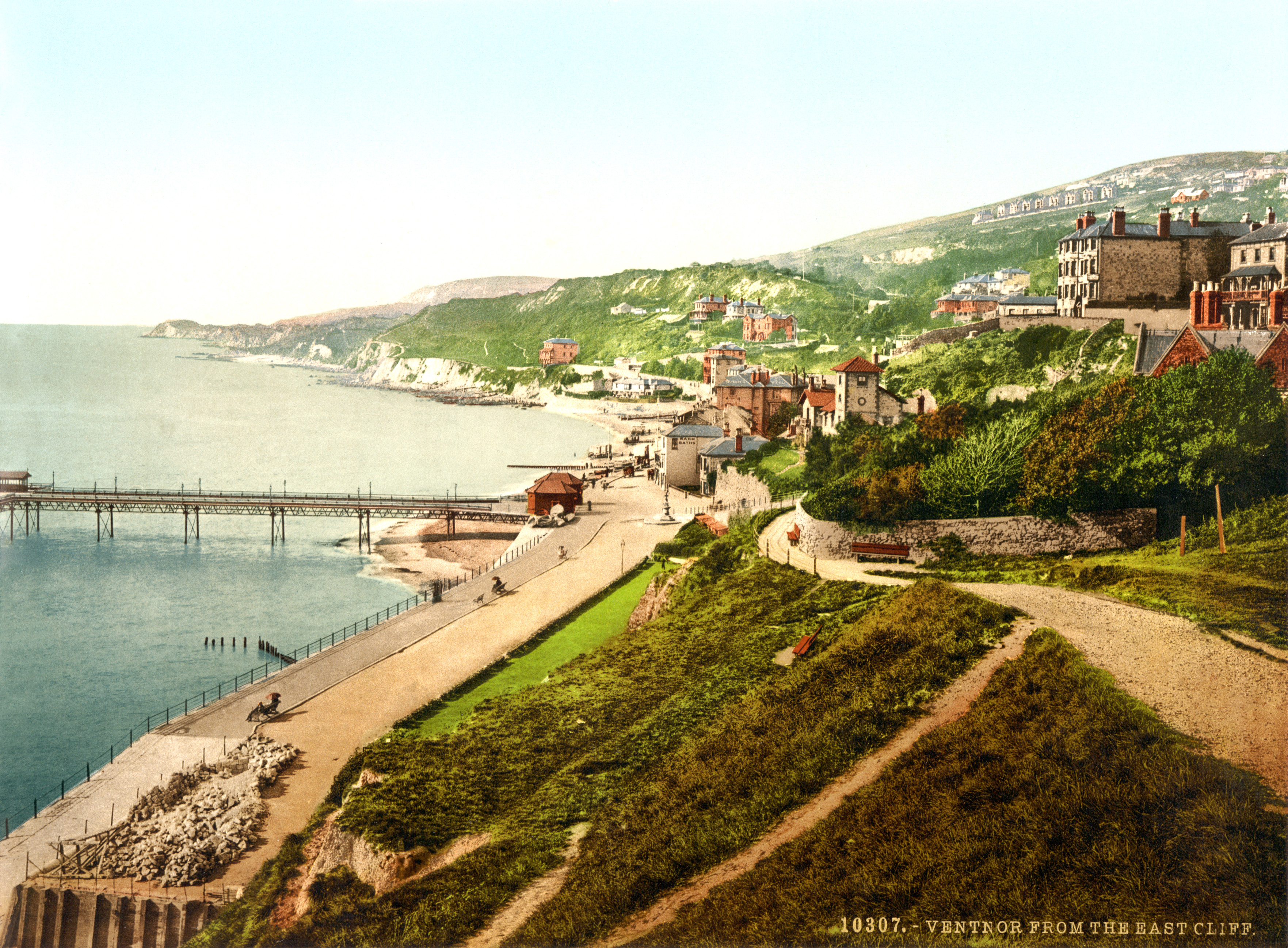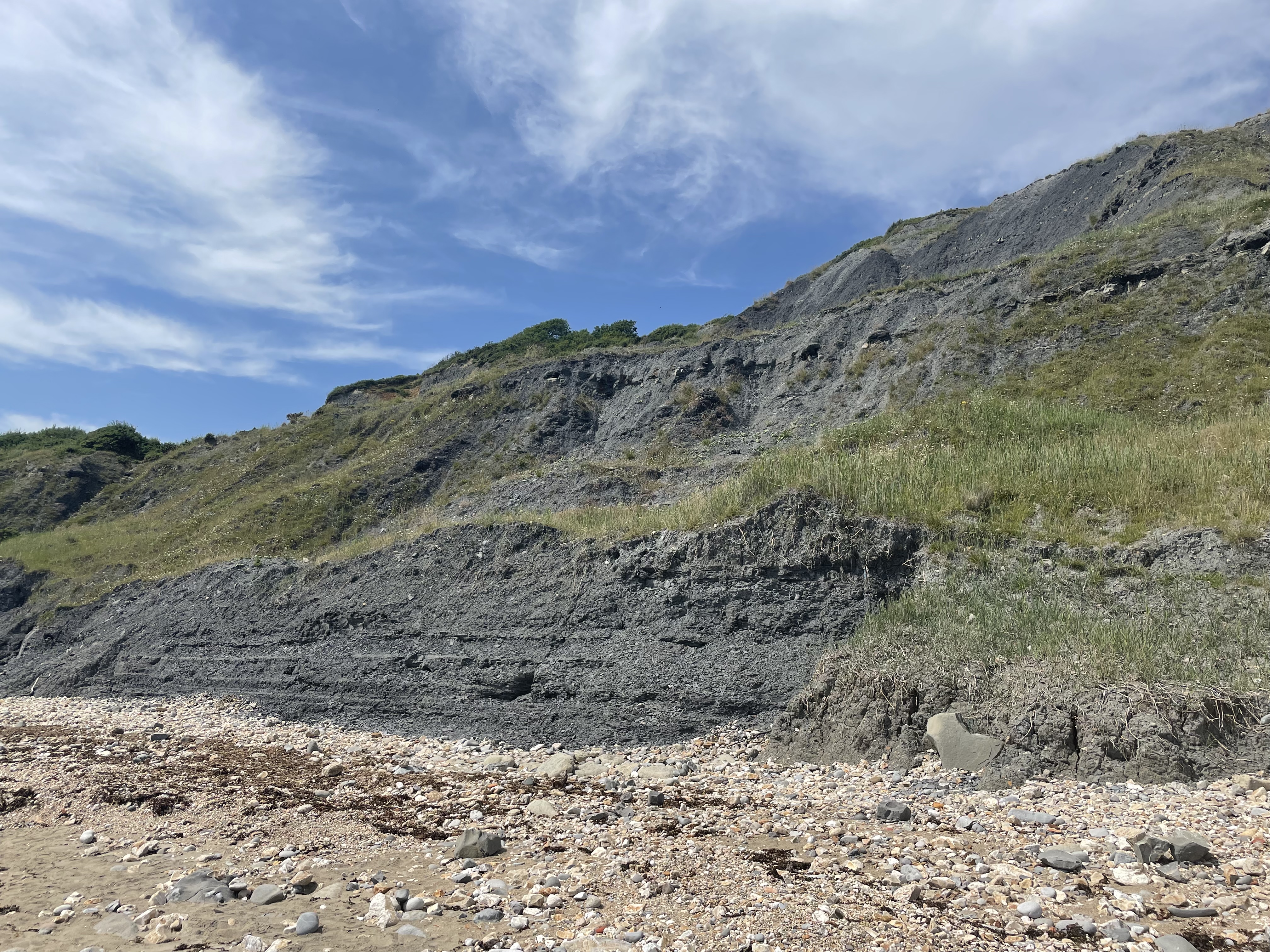|
Undercliff
The Undercliff is the name of several areas of landslide, landslip on the south coast of England. They include ones on the Isle of Wight; on the Dorset-Devon border near Lyme Regis; on cliffs near Branscombe in East Devon; and at White Nothe, Dorset. All arose from Slump (geology), slump of harder stratum, strata over softer clay, giving rise to irregular landscapes of peaks, gullies and slipped blocks, that have become densely vegetated due to their isolation and change of land use. The Kent coast at Folkestone and Sandgate, Kent, Sandgate also has similar undercliff areas. Isle of Wight The Undercliff on the Isle of Wight skirts the southern edge of the island from Niton to Bonchurch. A favourable climate here has resulted in a semi-tropical environment, covered by lush vegetation. The microclimate of warm sunshine, moist air and few winter chills was recognised by leading physicians in Victorian era, Victorian times as a beneficial environment for sufferers of respiratory dis ... [...More Info...] [...Related Items...] OR: [Wikipedia] [Google] [Baidu] |
White Nothe
White Nothe (meaning "White Nose") is a chalk headland on the English Channel coast at the eastern end of Ringstead Bay, east of Weymouth in Dorset, England. The area is well known for its geology and fossils. Its flanks are the result of prehistoric landslides and the inaccessible slopes of the undercliff provide a secluded wildlife habitat. A zigzag path up the cliff is believed to be one of the locations alluded to as a smuggler's path in the British children's book '' Moonfleet'' by J. Meade Falkner. Walking to the base of White Nothe along the shore from Ringstead Bay is possible, but it is cut off at high tide, so much care should be taken. At the top of the Smugglers path, a protruding nose shape comes out of the white cliff, giving the name to the area. The area is partly owned by the National Trust. From the top of White Nothe, to the east, the chalk headland of Bat's Head can be viewed. Walking east along a clifftop path below the summit of Chaldon Hill is possible ... [...More Info...] [...Related Items...] OR: [Wikipedia] [Google] [Baidu] |
Ventnor
Ventnor () is a seaside resort and civil parish established in the Victorian era on the southeast coast of the Isle of Wight, England, from Newport. It is situated south of St Boniface Down, and built on steep slopes leading down to the sea. The higher part is referred to as Upper Ventnor (officially Lowtherville); the lower part, where most amenities are located, is known as Ventnor. Ventnor is sometimes taken to include the nearby and older settlements of St Lawrence and Bonchurch, which are covered by its town council. The population of the parish in 2016 was about 5,800. Ventnor became extremely fashionable as both a health and holiday resort in the late 19th century, described as the 'English Mediterranean' and 'Mayfair by the Sea'. Medical advances during the early twentieth century reduced its role as a health resort and, like other British seaside resorts, its summer holiday trade suffered from the changing nature of travel during the latter part of the century. Its ... [...More Info...] [...Related Items...] OR: [Wikipedia] [Google] [Baidu] |
Lyme Regis
Lyme Regis is a town in west Dorset, England, west of Dorchester and east of Exeter. Sometimes dubbed the "Pearl of Dorset", it lies by the English Channel at the Dorset–Devon border. It has noted fossils in cliffs and beaches on the Heritage or Jurassic Coast, a World Heritage Site. The harbour wall, known as The Cobb, appears in Jane Austen's novel ''Persuasion'', the John Fowles novel ''The French Lieutenant's Woman'' and the 1981 film of that name, partly shot in the town. A former mayor and MP was Admiral Sir George Somers, who founded the English colonial settlement of Somers Isles, now Bermuda, where Lyme Regis is twinned with St George's. In July 2015, Lyme Regis joined Jamestown, Virginia in a Historic Atlantic Triangle with St George's. The 2011 Census gave the urban area a population of 4,712, estimated at 4,805 in 2019. History In Saxon times, the abbots of Sherborne Abbey had salt-boiling rights on land adjacent to the River Lym, and the abbey once owned par ... [...More Info...] [...Related Items...] OR: [Wikipedia] [Google] [Baidu] |
Black Ven
Black Ven is a cliff in Dorset, England between the towns of Charmouth and Lyme Regis. The cliffs reach a height of . It is part of the Jurassic Coast World Heritage Site. Nearby is an undercliff with an ammonite pavement. The area is popular with tourists due to a number of fossils being found in the area. History The Black Ven has been historically renowned for paleontology. Mary Anning found an ichthyosaurus in The Spittles, and James Harrison found the first fossil remains of a ''Scelidosaurus'' while quarrying Black Ven in 1858. In 2001, the Black Ven and the whole of Lyme Bay became part of the Jurassic Coast World Heritage Site. Geology Black Ven has the largest mudslides in Europe, and this constantly brings new material (such as fossils) to the base of the cliff and beach. The reason for this is the types of stone found through the cliff. There is porous limestone, which lets the water on rough days flow through it, below which you will find clay, which lets water ... [...More Info...] [...Related Items...] OR: [Wikipedia] [Google] [Baidu] |


